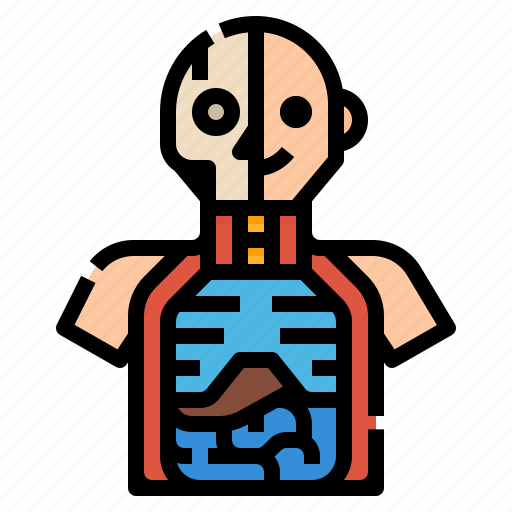Your health care provider will first perform a physical examination in order to be able to make an accurate diagnosis. This type of physical examination, along with a series of questions is often part of a skeletal anatomy quiz. This form of examination is also known as a bone scan and it consists of X-rays of the skeleton and soft tissue and/or organs that are present.
Bones, muscles, and tissues make up our body. They connect our bones together through various joints and connect our organs to the other parts of our body. Bones, muscles and tissues also make our skin, which is the outer covering of our body. If a condition is found to affect the body, doctors will conduct tests such as x-rays, MRIs and CT scans in order to find out what exactly the problem is and to develop the appropriate treatment for it.
A bone scan can be performed by using a special X-ray machine that allows an X-ray scan to be made of the patient’s entire skeleton. When X-raying the bones, a physician will see the bones in different colors. The colors can be seen as blue for soft tissue, red for bones, purple for soft tissues and green for soft tissues and organs.
Some of the most common conditions that cause problems to the skeletal system are osteoporosis, fractures and rickets. These conditions are typically identified using the bone scan. If a condition that affects the skeleton is diagnosed early enough, the doctor can help patients with a quick recovery and prevent further damage from occurring.
If a person has been diagnosed with osteoporosis, bone scans will be used to assess the bone density and the bone structure. A blood test will be used to check for kidney disease. MRI scans will be used to determine the strength and the mobility of the heart, lungs, brain and other organs.
MRIs and CT scans will be used to examine the structures of the kidneys, the lungs, the brain, the heart and other organs. Blood tests will be used to measure the blood levels of calcium and sodium, and to determine if there are any blockages in the arteries. These tests will help to determine if the kidney stones are moving through the kidneys and bloodstream and to evaluate for other possible infections.
If a doctor has been unable to determine the problem with the bone scan, they will do other tests, such as x-rays and MRIs to determine if any damage is present to the kidneys, the brain and the heart. An ultrasound will be used to make sure that the lungs and the heart are working properly and that all organs are functioning correctly. If a person is undergoing a CT scan, they will use the sonogram equipment to get a better idea of the overall state of the lungs and the heart.
Once all of the tests have been completed, a doctor will then make their determination of the problem by using the X-ray machine to see how the bones look on the X-ray machine and in the patient. The X-ray machine will give doctors a clearer view of what the bones are made of and how the bones have formed. In some cases, the X-ray will show that the bones are missing or broken or damaged.
X-ray machines are used to help determine the structure of the skeleton in order for doctors to diagnose and treat the patients. When a person is diagnosed with osteoporosis, the bones may not be showing up properly on the X-rays. X-ray machines will help doctors determine whether the bones are moving correctly and whether the bones are in the right place.
The X-ray machine will also help doctors determine the bone structure and size. If a bone is missing or damaged, it will be important to take care of that bone as soon as possible.

